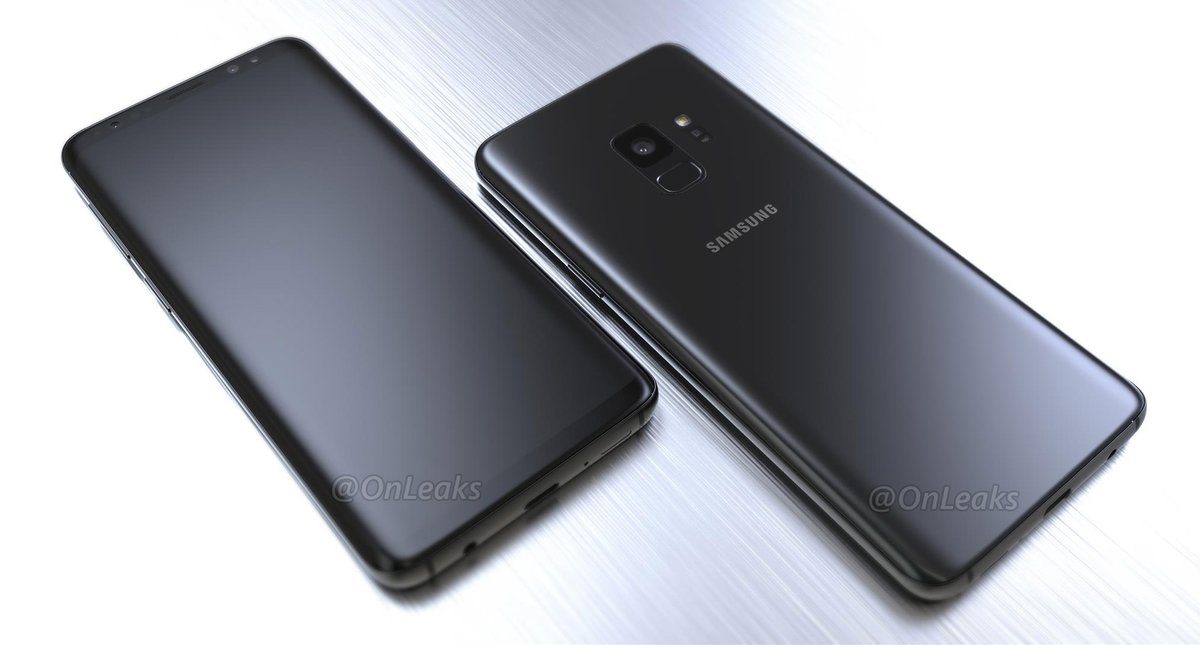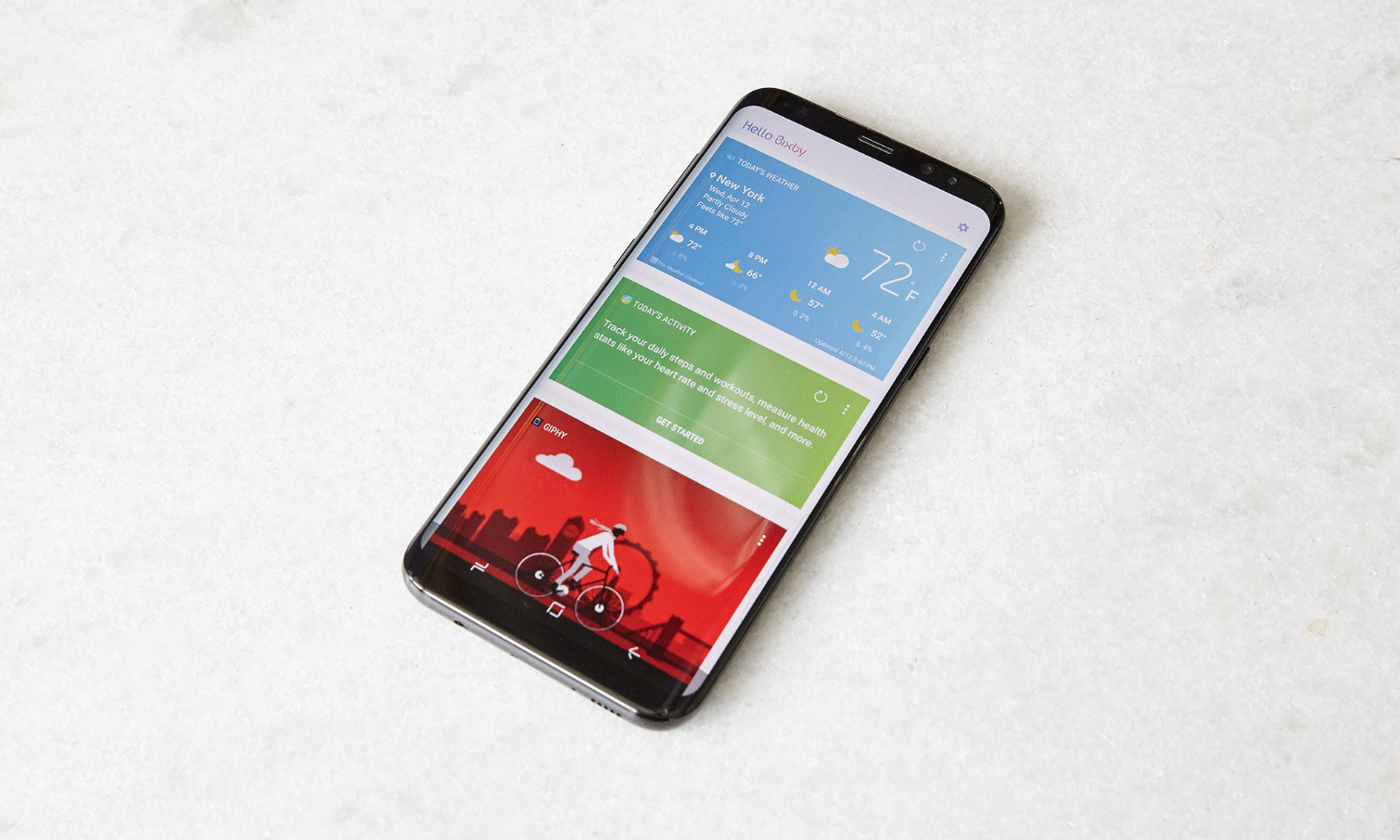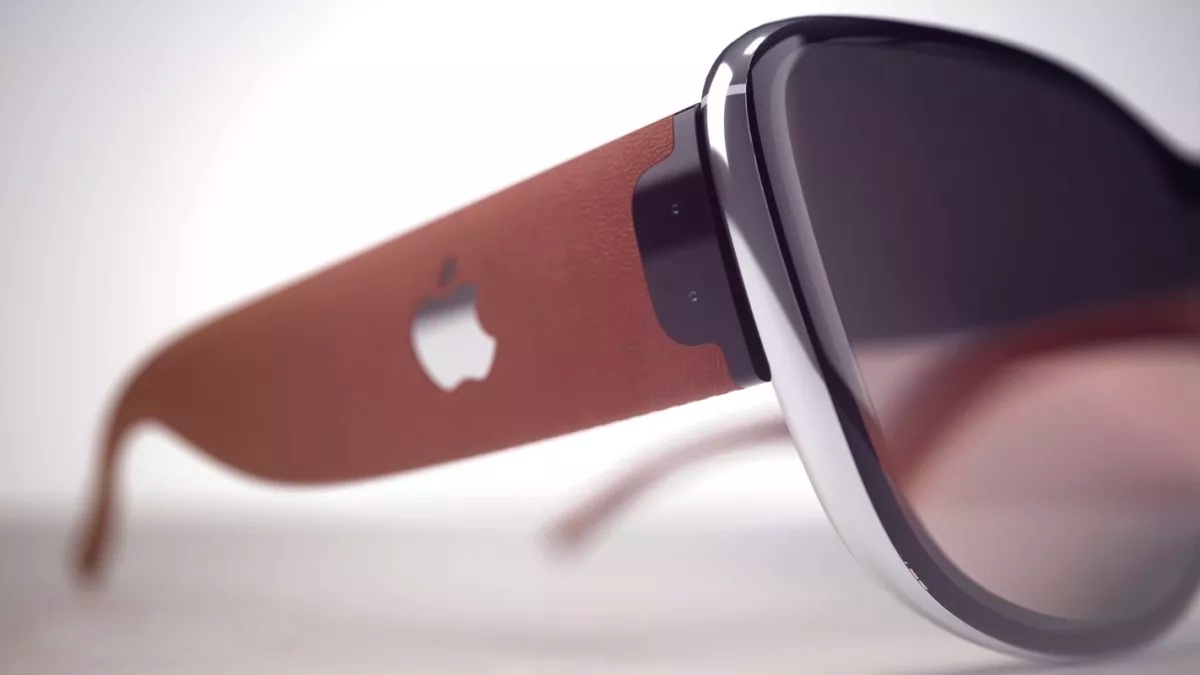9 Burning Questions For The Galaxy S9
With the Galaxy S9 debuting on Feb. 25, here's a look at the major questions swirling around Samsung's next flagship phone ahead of its spring launch.
With the 2018 Mobile World Congress in Barcelona looming, all eyes have turned to Samsung and its upcoming Galaxy S9 and S9+ phones.

Samsung just announced a Feb. 25 event, one day before the festivities kick off in Spain, while the latest rumors claim the phones will hit retailers by mid-March. Although we’ve seen some comprehensive leaks over the previous few weeks, many questions still surround Samsung’s next-generation flagships. With that in mind, we’ve done our best to answer a few of them here.
Will the Galaxy S9 have 3D facial recognition like the iPhone X?
The Galaxy S8 included face scanning as an unlocking feature, but it's nothing like Apple's Face ID. The iPhone X kicked off the trend toward depth-sensing, face-scanning cameras that are secure enough to unlock your phone and authenticate payments. None of Apple’s competitors have released a similar system yet, and based on the latest rumors, the Galaxy S9 won’t be the first to do so.
Still, a Korea Herald report back in December claimed Samsung is at least looking to improve the Galaxy S9’s iris scanning function by implementing a higher resolution camera. According to the story, the new camera will not only be more accurate, but also work better in less-than-ideal lighting conditions and be able to account for eyeglasses. It is unknown if this more sophisticated system will be employed for transactions, as the current iteration of iris scanning in the Galaxy S8 and Note 8 can exclusively be used for unlocking.
MORE: 6 Things the Galaxy S9 Needs to Beat the iPhone X
That’s not to say the Galaxy S9 won’t be powerful enough to handle something like Face ID, if Samsung somehow surprises the crowd and chooses to go that route. The Korea Herald also recently reported that Samsung’s Exynos 9810 processor — the chipset that will appear in overseas models of the Galaxy S9 — will be equipped with an AI sub-processor specializing in facial and object recognition. Meanwhile, Qualcomm’s Snapdragon 845, which is slated to power a number of high-end Android phones this year including the North American S9, will also focus on depth-aware imaging — leaving the door open for Face ID-like technology.
What’s new about the camera?
The Galaxy S8 may have been revolutionary for the brand from a design standpoint, but it didn’t really drive Samsung’s photography game forward, essentially offering the same dual-pixel shooters introduced in the Galaxy S7. By all accounts that should change for the Galaxy S9.
Sign up to get the BEST of Tom's Guide direct to your inbox.
Get instant access to breaking news, the hottest reviews, great deals and helpful tips.
A series of leaks, including an alleged picture of the S9’s box, and a prematurely published page on Samsung’s website, have detailed the new phones’ camera systems in full. It starts with a 12-megapixel rear lens featuring optical image stabilization and a variable aperture of f/1.5 or f/2.4. Samsung appears to have dubbed this a “Super Speed Dual Pixel” shooter, possibly referring to the phone’s rumored three-stack fast-read-out ISOCELL image sensor.
The main draw with the ISOCELL sensor is faster autofocus that can better judge the distance to moving objects, as well as the ability to record super slow-motion video at up to 960 frames-per-second at 720p resolution.
But that’s not all Samsung is planning for the Galaxy S9, as multiple reports and leaked images have corroborated that the larger S9+ will add a second lens to the mix. Although details remain scant on this secondary rear lens, in theory it would enable 2x optical zoom and portrait-style Live Focus photography on that more expensive model. All that extra functionality could lead to a wider pricing gap between the two variants, which brings us to...
Will the price gap widen between the S9 and S9+?
Right now, the difference in cost between the Galaxy S8 and S8+ is $100: the 5.8-inch S8 is $725, while the 6.2-inch S8+ is $825. However, the only advantage the S8+ offers beyond the standard S8 is screen size. They both share the exact same camera equipment, though that seemingly won’t be the case next go-around.
We don’t know how this will play out, but it’s possible Samsung ratchets up the price of the S9+ relative to the smaller model to reflect its exclusive photographic abilities. Just as an example, Apple introduced the iPhone 7 and the dual lens iPhone 7 Plus in 2016, those two phones had a $120 price difference; that gap has since narrowed to $100 with the iPhone 8 and 8 Plus. Google charges an extra $200 for the Pixel 2 XL compared to the Pixel 2, so such a move by Samsung would not be unprecedented.
Will the S9 have a headphone jack?
As many phone makers move away from supporting 3.5-millimeter headphone jacks, Samsung thankfully resisted this trend in 2017 with both the Galaxy S8 and the Note 8. It seems likely to do so again with this year's models.
An image of the Galaxy S9+’s USB-C flex cable board shared on SlashLeaks seemingly features a slot for the headphone jack module. The post dates back to Dec. 26 and sits with a 75 percent trust rating on SlashLeaks. It also correlates with a series of renders released a week earlier by reputable leaker Steve Hemmerstoffer, better known as @OnLeaks.
Given that Hemmerstoffer’s renders depict a handset that looks mostly similar to the Galaxy S8, it’s not surprising that the headphone jack would stick around for at least one more year as rumor has it Samsung will recycle much of the previous phone’s design.
What will change on the design front?

The Galaxy S8’s slim bezels and curved Infinity display combined for a significant departure from the generic designs of Samsung’s past flagships, and it paid dividends for the company and its users. So it’s not surprising to hear Samsung opted for a more conservative approach with the Galaxy S9, rather than fixing what isn’t broken.
The Galaxy S9 and S9+ look to sport the same basic design as their predecessors, save for one change that's sure to receive some applause. Many leaks show that the new phone’s rear-mounted fingerprint sensor has been repositioned from being just right of the camera lens to directly below it. This should make it easier to unlock the phone without smudging the camera, as right-handed users previously had to reach over the shooter with their index finger to press on the sensor.
Samsung was reportedly planning more changes for the Galaxy S9, like trimming the already slim bottom bezel even further, though rumors suggest that prototype didn’t pass testing.
Will the S9 have an in-display fingerprint sensor?
After the Galaxy S8, Note 8 and iPhone X all failed to launch with an in-display fingerprint solution, initial reports pegged the Galaxy S9 to finally bring the technology to mainstream buyers. And while Chinese phone maker Vivo just announced plans to beat Samsung to the punch — at least in China — it seems Galaxy fans will have to wait a bit longer, as there has been no indication that Samsung will include anything other than a rear-mounted fingerprint sensor on the Galaxy S9.
We went hands on with one of Vivo’s test devices at CES earlier in January that utilized an in-display sensor supplied by Synaptics, and the response was seamless. It seems the technology has come a long way since it emerged last year to lukewarm feedback, but Samsung hasn’t deemed it the right time for its smartphones yet.
How powerful will the Galaxy S9 be?
As usual, you can expect the Galaxy S9 to be a very powerful phone. The version for those of us in North America will employ Qualcomm’s Snapdragon 845 mobile platform, a chipset said to be 25 percent faster than the Snapdragon 835 during processor-intensive tasks thanks to a brand-new eight-core Kryo 385 CPU running at 2.8GHz.
The 845 will deliver other enhancements as well, like gigabit wireless (for cellular networks that support it, mind you), an image signal processor that’s better at taking shots in dim light, multi-device broadcasting for Bluetooth 5.0, and even faster fast charging. Combined with 30-percent boosts in graphics performance and power efficiency, the Galaxy S9 figures to be an all-around improvement over the already quick Galaxy S8. Whether it can close the performance gap with Apple's blazing A11 Fusion chip remains to be seen, however.
Elsewhere around the world, Samsung will once again favor its own silicon to power the Galaxy S9. We expect more details surrounding its Exynos 9810 chipset to drop in tandem with the Galaxy S9’s announcement, but we already know Samsung is targeting “deep-learning enhanced image processing” for its silicon, which will certainly play a factor as AI becomes increasingly intertwined with the devices in our pockets.
What’s new with Bixby?

Samsung stumbled out of the gate in introducing Bixby, its virtual assistant, alongside the Galaxy S8 last year. At launch, Bixby didn’t support English voice commands, and customers frequently re-mapped the phone’s dedicated Bixby button to serve other, more useful tasks. Bixby received that critical voice update several months later, though it still hasn’t garnered the adoption of Amazon’s Alexa or Google Assistant.
While we’re not expecting a major reinvention of Bixby for the Galaxy S9, Samsung is seemingly angling to make its AI companion a more prominent part of the overall software with a new initiative called the Galaxy AI UX.
Details are still quite slim about what Galaxy AI UX actually consists of, though many have speculated it could make the phone better at predicting use patterns and prepare the Galaxy S9 to integrate with Bixby on smart home products and appliances Samsung intends to launch in the future.
Will there be a Galaxy S9 Mini?
It seems every time Samsung readies a new flagship phone, the rumor mill begins churning out reports of a smaller model. So far, the hype has fizzled out — a Galaxy S8 Mini was briefly pegged to join the range last summer, until those reports were quickly squashed. Now, the whole buzz seems to be starting over again, and we haven’t even officially seen the Galaxy S9 yet.
Just like last time, it would be wise to temper your expectations. The only rumors surrounding the Galaxy S9 Mini emerged in November from Ice Universe, a user on Chinese microblogging site Weibo. This model would reportedly bear a 5-inch screen, making it considerably smaller than the already compact 5.8-inch Galaxy S8.
While 5.8 inches sounds like a lot, the Galaxy S8 is actually very easy to use with one hand thanks to the curvature of the Infinity Display and lack of bezels. That not only means that a 5-inch model would be very, very tiny, but also that Samsung already has the compact flagship market pretty much cornered alongside the iPhone 8. An even smaller handset might not be worthwhile.
Given the lack of any news on this front since the initial report last fall, the prospect of a Mini S9 is looking pretty unlikely for now.
Rumors continue to build
There are still several weeks to go until we see the Galaxy S9 in the flesh, and given the speed at which leaks have been dropping, we could receive answers to still outstanding questions between now and Feb. 25. In the meantime, be sure to keep an eye on our hub for all Galaxy rumors, and look forward to our impressions in Barcelona.
Adam Ismail is a staff writer at Jalopnik and previously worked on Tom's Guide covering smartphones, car tech and gaming. His love for all things mobile began with the original Motorola Droid; since then he’s owned a variety of Android and iOS-powered handsets, refusing to stay loyal to one platform. His work has also appeared on Digital Trends and GTPlanet. When he’s not fiddling with the latest devices, he’s at an indie pop show, recording a podcast or playing Sega Dreamcast.
